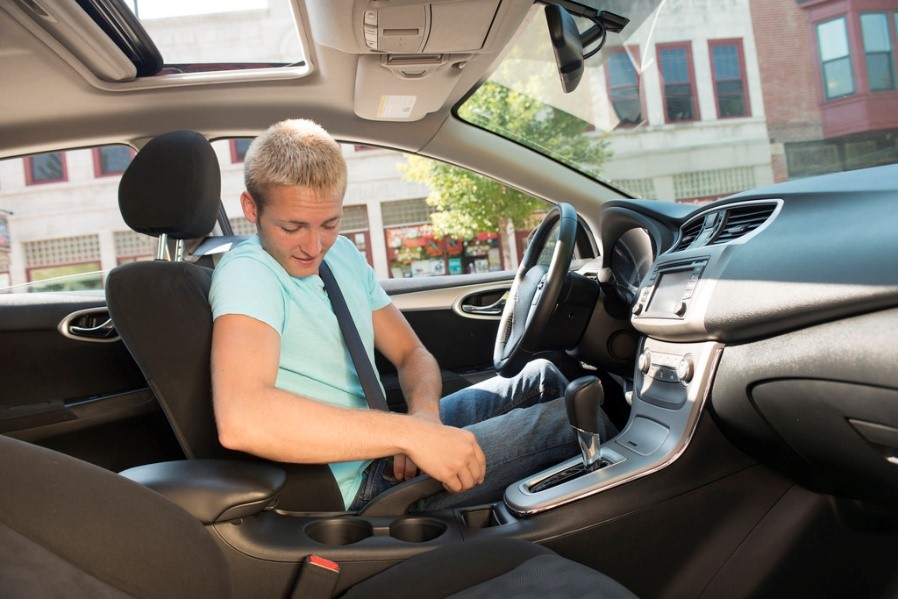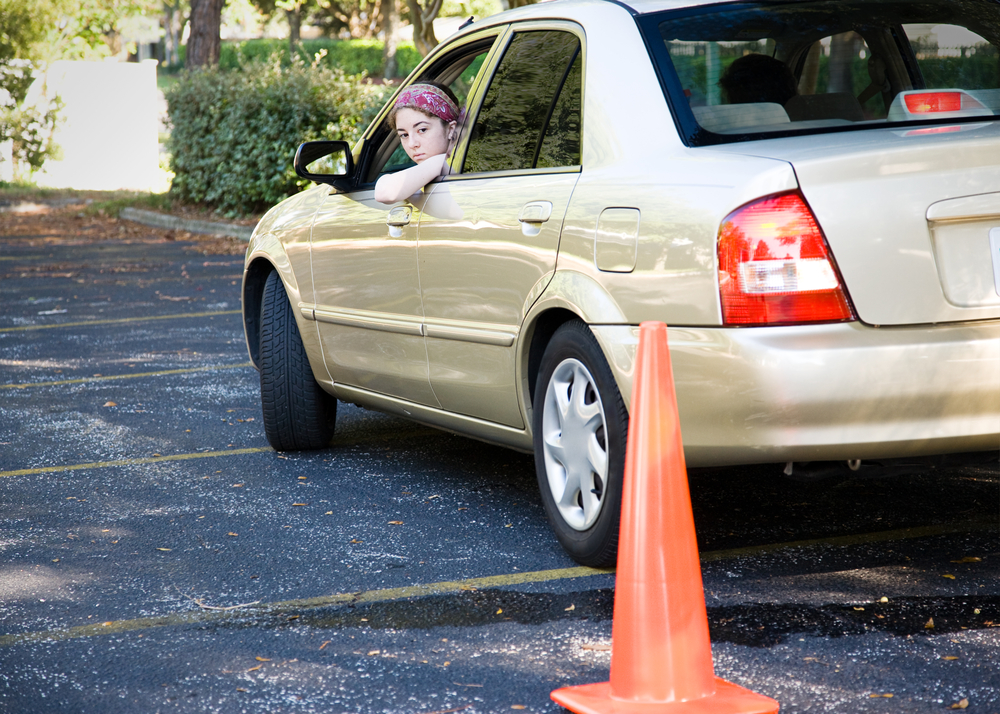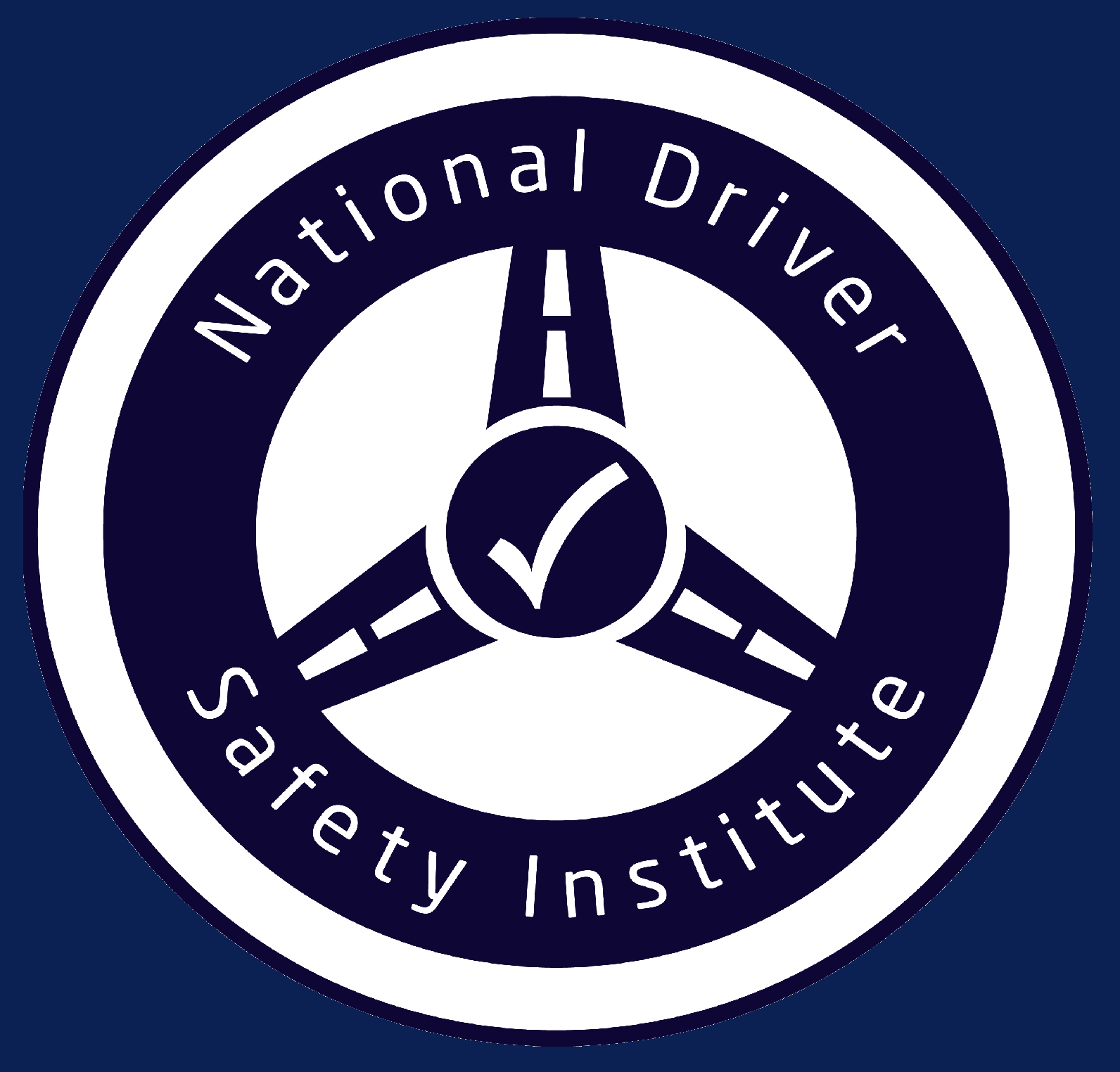
Perhaps the most challenged class of drivers on the road, young and inexperienced drivers present a particularly important risk mitigation opportunity for online driver improvement.
The freedom of finally being able to drive can be very exciting for young adults and teenagers. Driving is a great privilege awarded to teenagers, giving them the ability to go anywhere they want once they have a driver’s license and a working vehicle.
As a new driver, it is obvious one doesn’t have the experience of someone who has been driving for ten or more years. Many issues and dangerous scenarios can arise if a young driver is not prepared for the road ahead.
According to Dosomething.org, 1 in 5 of 16-year-old drivers has an accident within their first year of driving. Meaning 20 percent of new drivers experience an accident within their first year of driving. This can be not only costly but also quite traumatic for young drivers.

An Epidemic of Distraction?
Distractions are one of the main causes of accidents among young adults. Whether it is having passengers in the car to using technology while driving, distractions can only last a second but can cause something far worse than a fender-bender.
According to the CDC’s Youth Risk Behavior Surveillance—United States Report (in 2015), about 42 percent of surveyed teens who had driven during the month admitted to texting or emailing at least once (during a 30-day period) while driving.
Using phones and other technology has become more common with drivers throughout the past few years. Especially with teenagers who are constantly using their cell phones, it is very common for an accident to occur if distracted by a cell phone.
With also having a lack of experience, it can be extremely difficult for teens to know how to use newly acquired and poorly developed defensive driving skills and be cautious on the road. The risk of motor vehicle crashes is higher among 16-to- 19-year-olds than among any other age group, according to Teendrivingsource.org.
A huge contributor to this statistic is the lack of experience that teens have on the road, and the more practice they have the better. Being able to navigate themselves through difficult or tough situations on the road is one of the most necessary skills for safe driving. Experience and the skill that experience brings is typically missing in young drivers yet a lack of perception relative to this void in skill is also typically lacking in the young driver. They do not know what they do not know!
Once a teenager gets their permit, they should be driving with a parent or adult who has several years of experience driving, to teach them in a hands on way. Even the simplest things when it comes to driving must be reiterated to ensure safe driving. The NDSI strongly promotes driver training for young drivers with an emphasis on teaching strong situational awareness and maintenance of focus.
According to the Centers for Disease Control and Prevention (CDC), compared with other age groups, teens have among the lowest rates of seat belt use. In 2017, only 59 percent of high school students reported they always wear seat belts when riding as passengers.
While it may seem like an obvious thing to do, many people choose not to wear a seat belt and put their lives at risk. Wearing a seat belt takes almost no effort and could potentially save a life.

Taking an online driving course may also be able to prepare teens from causing or getting into car crashes. Online courses are developed to give students a way to learn about driving in an educational way that can help them develop road skills.
Online courses cover all these previously mentioned topics, along with common rules of the road and signals to other drivers, who has the right of way, and what to do in the event of an emergency.

The Parking Lot Paradigm
While the greatest fear for most parents relative to their teenage driver is a dangerous high speed accident that can result in injury or death, by far the most common type of accident for young drivers is the minor fender bender that occurs in a parking lot.
Something about being off the main roads and driving at very low speeds seems to lead inexperienced drivers to drop their guard and relax vigilance relative to situational awareness. They also tend to lack skill when it comes to maneuvering their vehicle in close quarters. Anyone who has worked in the automobile insurance understands that parking lots clearly present a key challenge for teen drivers.
The NDSI places emphasis on all of these key points for young drivers in our online course content materials. We also urge parents to put forth additional focus on these key issues.


